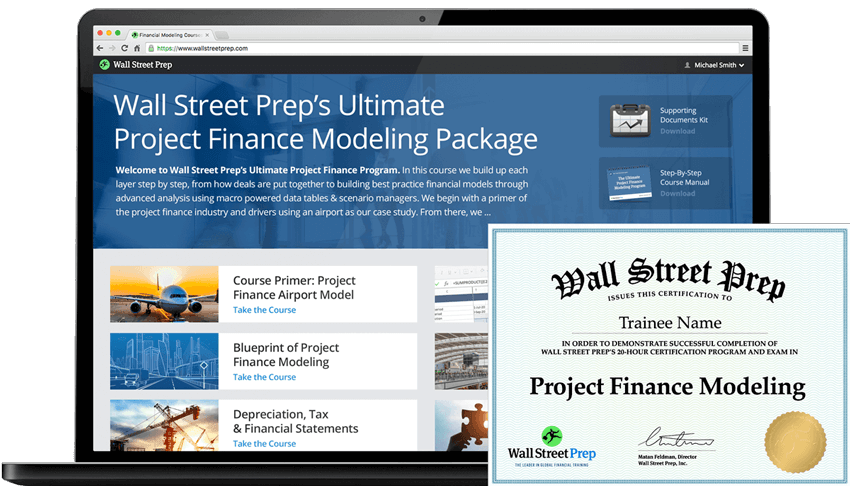 Sources of project financing will depend on the structuring of the project (which is heavily impacted by project risks). There are many financial products in the market to pay for construction costs. The cost (interest rates and fees) of each financial product will depend on the type of asset and risk profile.
Sources of project financing will depend on the structuring of the project (which is heavily impacted by project risks). There are many financial products in the market to pay for construction costs. The cost (interest rates and fees) of each financial product will depend on the type of asset and risk profile.
Private Debt
- Debt that is raised by investment banks
- Cheaper cost of capital than equity financing since debt holders will be repaid first
Public Debt
- Debt that is raised by the government under advisement of an investment bank or advisor
- Cheapest cost of capital since it is a government sponsored program used to spur infrastructure development
Equity Financing
- Equity that is raised by a developer or private equity fund
- Highest cost of capital since equity is repaid last and rates of return must reflect the riskiness of investment
Below are the most common types of private debt, public debt, and equity financing in the US infrastructure market.

The Ultimate Project Finance Modeling Package
Everything you need to build and interpret project finance models for a transaction. Learn project finance modeling, debt sizing mechanics, running upside/downside cases and more.
Enroll TodayPrivate Debt
Bank Debt
Project finance loans provided by commercial banks. Tenors range between 5-15 years. Significant in-house expertise.
Capital Markets/Taxable Bonds
Capital Markets consist of suppliers of funds and users of funds engaging in the trade of long-term debt and equity. Primary markets consist of those engaged in the issuance of new equity stock and bond issuances, while secondary markets trade existing securities.
Institutional Investors/Private Placement
Private Placement Bonds placed directly with institutional investors (mainly insurance companies). Flexibility in structuring financing solution.
Public Debt
TIFIA
USDOT credit program that finances up to 33% (49%) of project capital costs. Long tenor, principal/interest holiday, subsidized interest rate and flexible repayment terms.
Capital Markets/Private Activity Bonds
Federal program that authorizes issuance of tax exempt bonds for the financing of capital costs of transportation projects. Financing terms based on project economics, capital markets, credit rating and IRS rules.
Equity Financing
Subordinated Debt
Loan or security that ranks below other loans or securities in regards to the cash flow waterfall and claims on assets or earnings in the case of liquidation.
Shareholder Loans
Part of shareholder funding can be provided in the form of shareholder loans. Allows for lower cost of capital
Bridge Loans
A bridge loan is a short-term financing tool used to provide immediate cash flow until a long-term financing option can be arranged or existing obligation is extinguished
Strategic and passive equity
Funds contributed by the shareholders of the development entity. Repayment after O&M and debt service. Required by lenders to ensure capital at risk. Ranges between 5-50% of private financing, depending on project.






We seek lucrative projects requiring capital injection through loans or direct investment funding. e-mail: [email protected]
Are you aware of the Interest Rate?
Hi, Pankaj, Do you mean what are typical interest rates for project financing? They vary considerably based on the kind of financing (as described in the article above, with debt having a lower required return than equity and some types of debt having lower interest rates than others) and based… Read more »